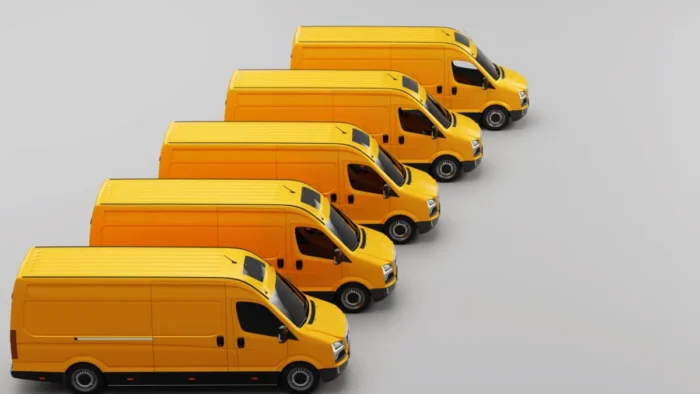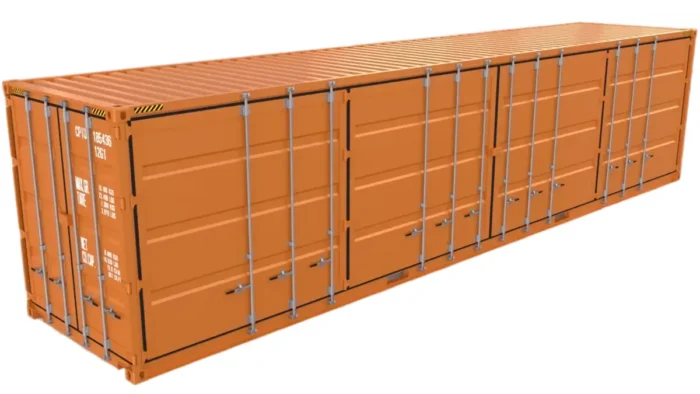We are currently experiencing a massive data explosion. This has led to many challenges and opportunities for businesses that are using data to improve their operations and serve their customers better.
When it comes to your business’s bottom line, you want to make sure that your decisions are the right ones. This means using data to help inform your decisions.
There are two types of businesses: those constantly looking for ways to improve and those satisfied with their current performance. You can identify your business type by looking at how frequently you perform core activities (e.g., analyzing data, developing new products or processes).
We know business is driven by data, but sometimes, there seems to be nothing but an endless array of numbers that don’t add up to any concrete facts. Without the right data, no number of spreadsheets can help elevate your business. Rather than focus on quantity, it’s best to carefully evaluate which metrics pose the greatest benefit to your business model.
In this post, we’re taking a look at the best data a business can focus on to improve its operations and grow.
Retained Earnings
How much you have at the end of each pay cycle or quarter is your retained earnings. These are not the same as net income, which is how much money you have left after paying expenses. Instead, retained earnings refer to the amount of money left over from your income after deducting all operating costs, taxes, and shareholder expenses. To calculate retained earnings, you must first calculate your net income. Then, you subtract all dividends. Your retained earnings for the year will give a clear picture of retained revenue over an accounting period. Ultimately, if your retained earnings exceed your expenses in dividends, you’re on the right path. If not, then your business needs some financial restructuring to avoid becoming unprofitable.
Vehicle Telematics
In the delivery business, you need precise data about your cars and drivers to deliver the greatest performance. A vehicle telematics system for your fleet collects live GPS data about a vehicle’s location, then transfer it to a wireless network. In turn, this information helps fleet managers acquire greater visibility over their vehicles, but collectively and individually. You’ll also find telematics useful in improving maintenance. Because most telematics directly connects to a vehicle’s diagnostics port, data about internal statuses can be sent automatically to managers.
Customer Acquisition Cost
Your CAC expresses how much it really costs your business to grow. Many entrepreneurs think that growth is solely profit, but they’re not factoring in the increased expense that accompanies rising demand. As you identify your target market, the more customers you serve, the more you have to produce. A wider consumer base naturally demands greater in-house service, expanded talents, and additional resources.
Marketing costs can also increase if you factor in more dynamic advertising campaigns. It always costs more to acquire new customers than retain old ones. Because of this, many successful brands focus on converting existing customers rather than constantly trying to convert new leads.
Supply Chain Analytics
Your supply chain powers your business, so knowing precisely what happens at every stage of the product lifecycle is crucial to improving your bottom line. As IBM explains, data helps you make better decisions based on visual images and facts.
Supply chain analytics come in many versions, including descriptive and predictive. The former gives you a clear overview of your current manufacturing process while the latter builds data-driven hypotheses that can help you prevent potential disruptions or issues. Get to know your supply chain in and out. By being able to plan ahead, you can come up with risk management strategies that help you completely bypass common hurdles and accelerate your growth.





